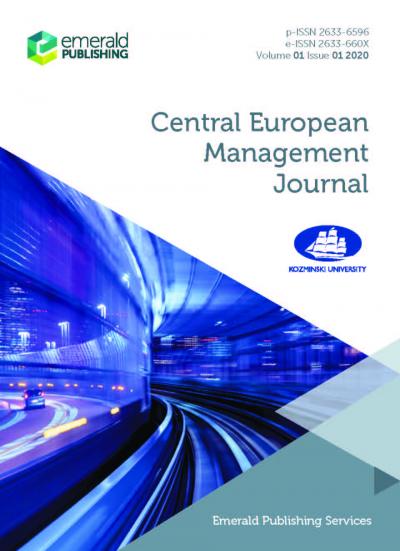La gestion des connaissances dans le processus d’innovation de produit
Agnieszka Szpitter

2014 22 (3) Central European Management Journal
DOI 10.7206/mba.ce.2084-3356.111








